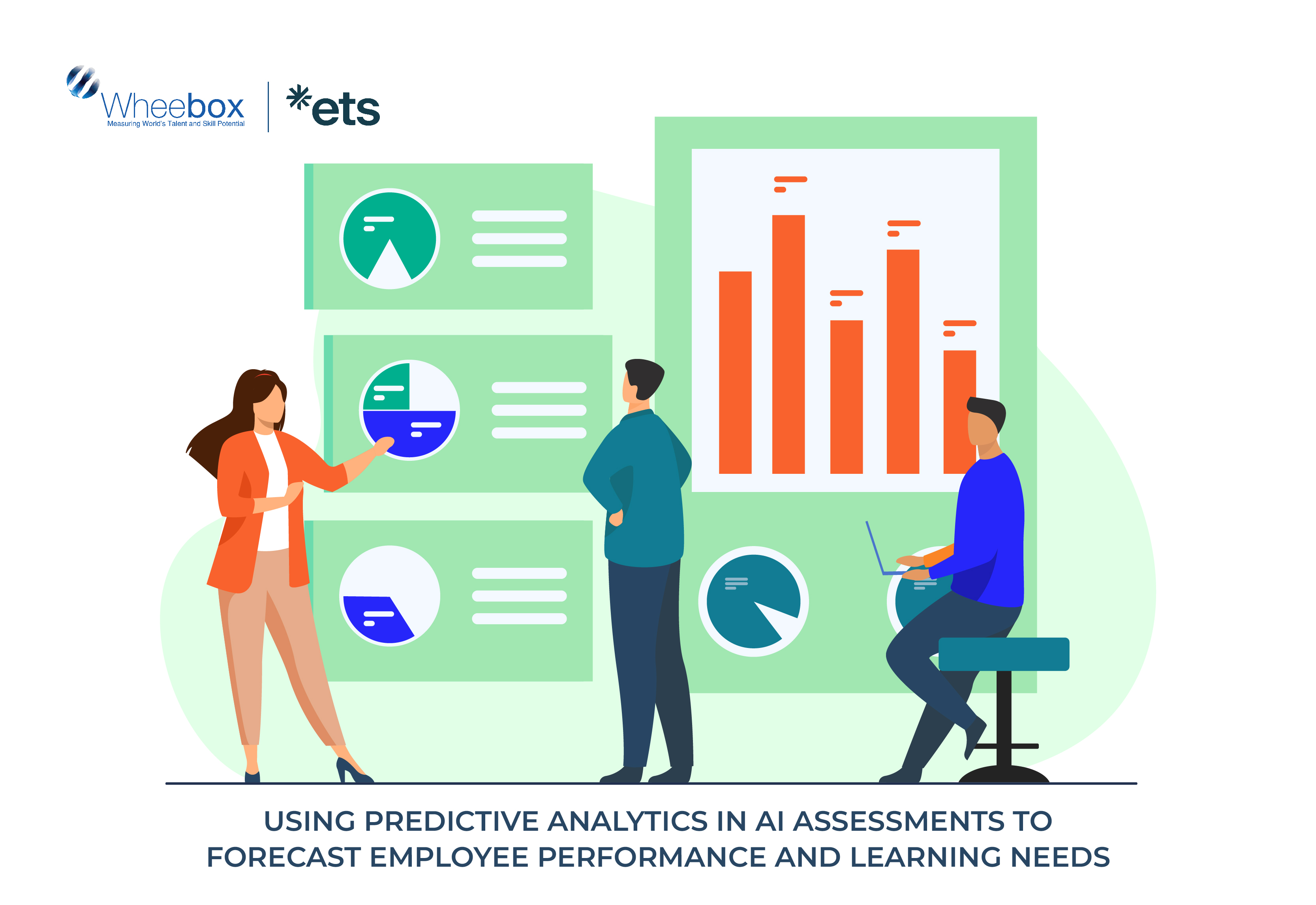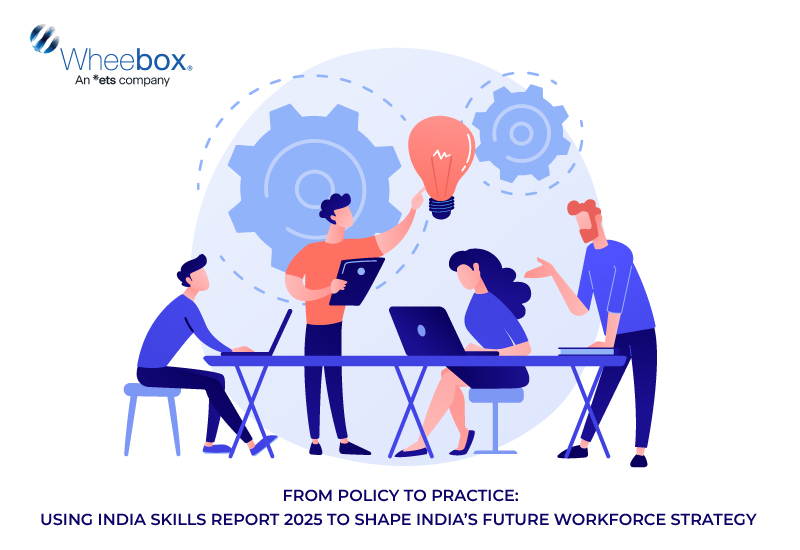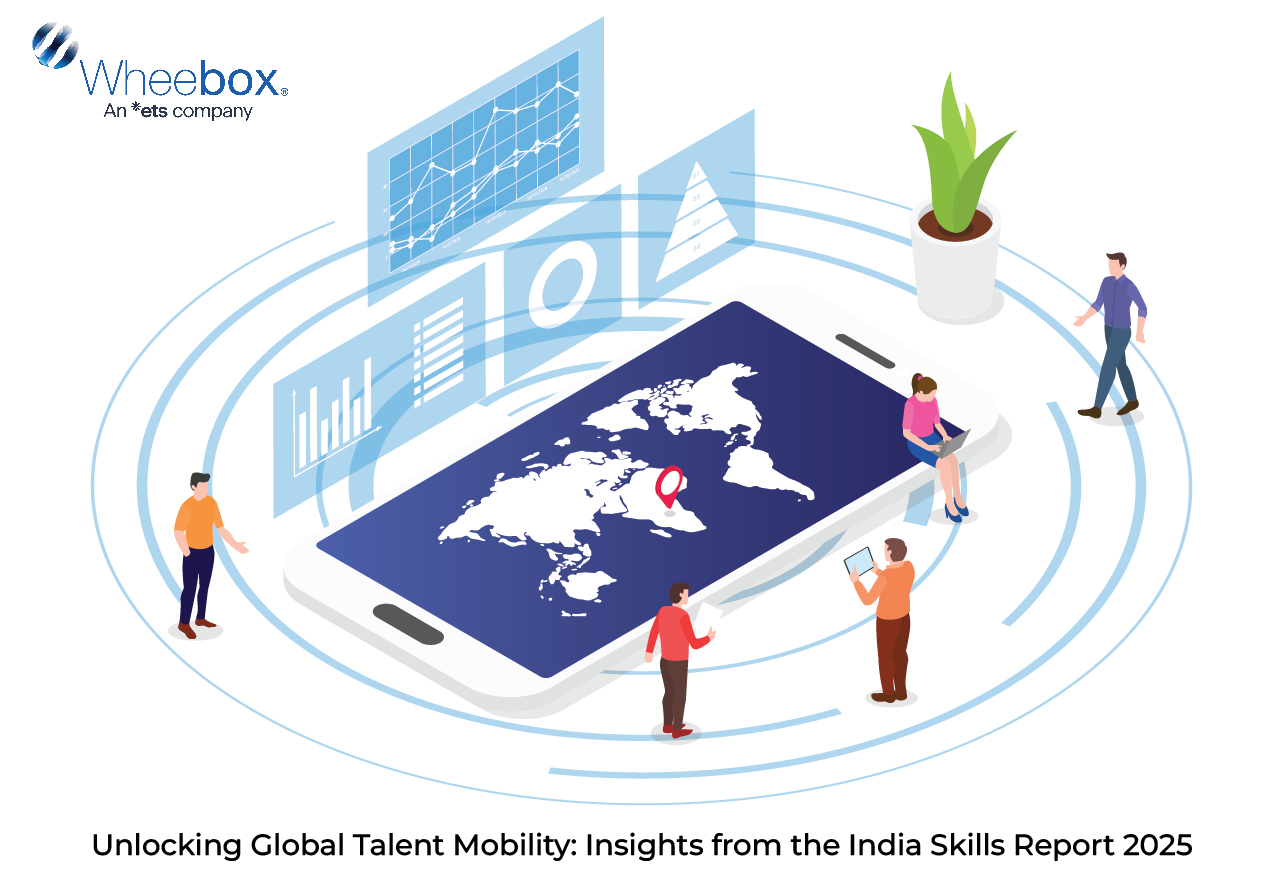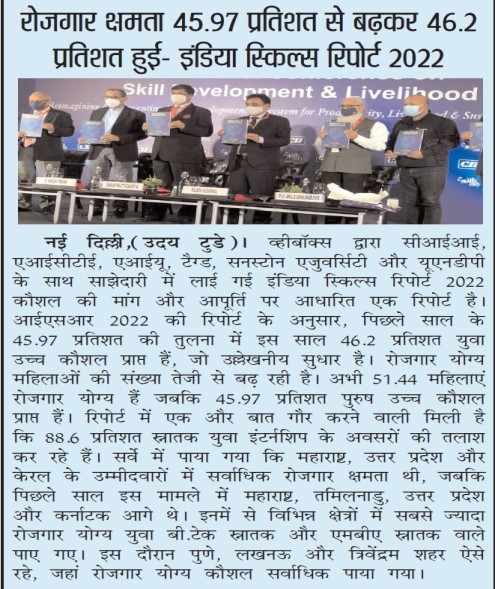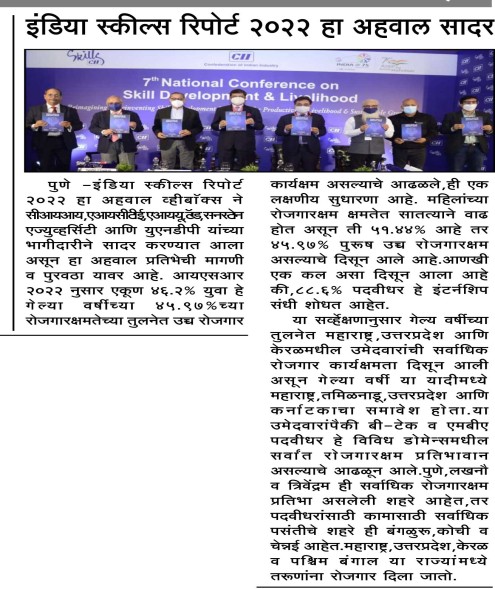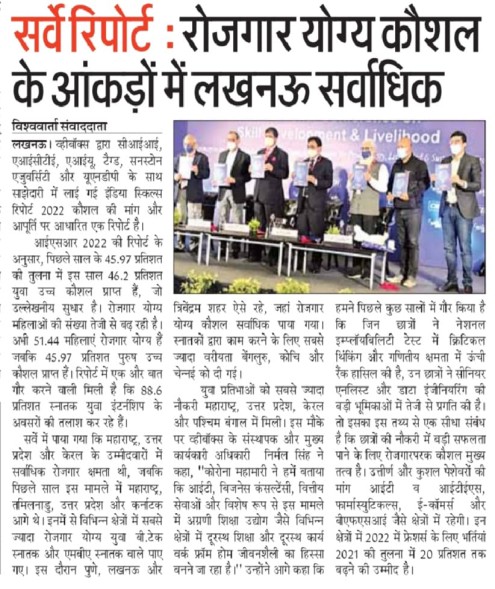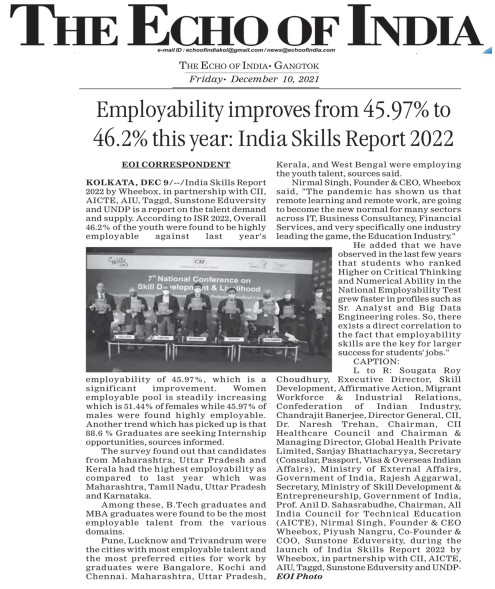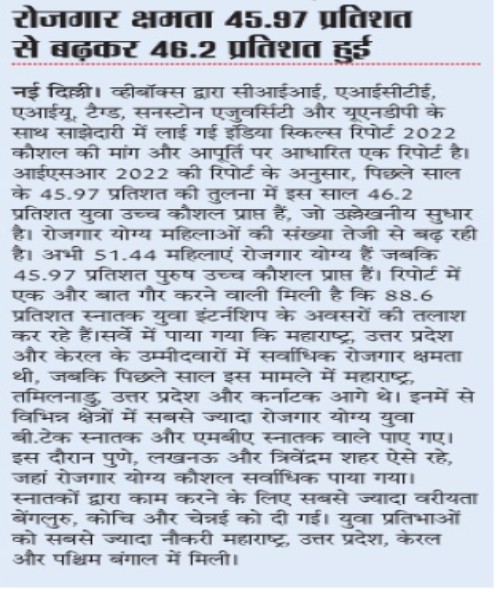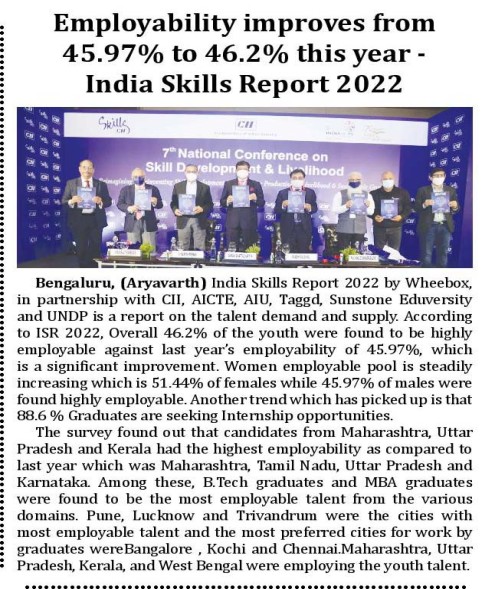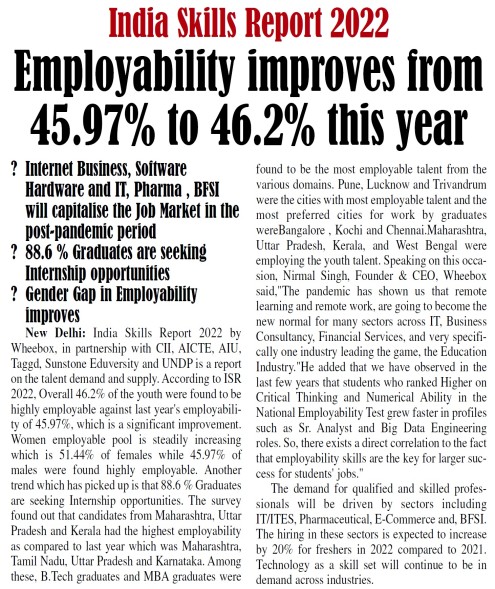Using Predictive Analytics in AI Assessments to Forecast Employee Performance and Learning Needs
In today's rapidly evolving job market, the ability to anticipate and adapt to future trends is crucial. Organizations are increasingly turning to predictive analytics to forecast employee performance and pinpoint learning needs. By leveraging the power of artificial intelligence (AI) and predictive analytics, companies can build a more competent, agile, and forward-thinking workforce. This blog explores how predictive analytics in AI-based online assessments can transform your talent management strategies and provides insights into certifications, assessment tools, and critical analytics areas to focus on.
The Power of Predictive Analytics in AI Assessments
Predictive analytics uses statistical techniques and machine learning algorithms to analyze historical data and make informed predictions about future outcomes. When applied to AI-based online assessments, predictive analytics can offer deep insights into employee performance and learning needs by evaluating various data points, such as:
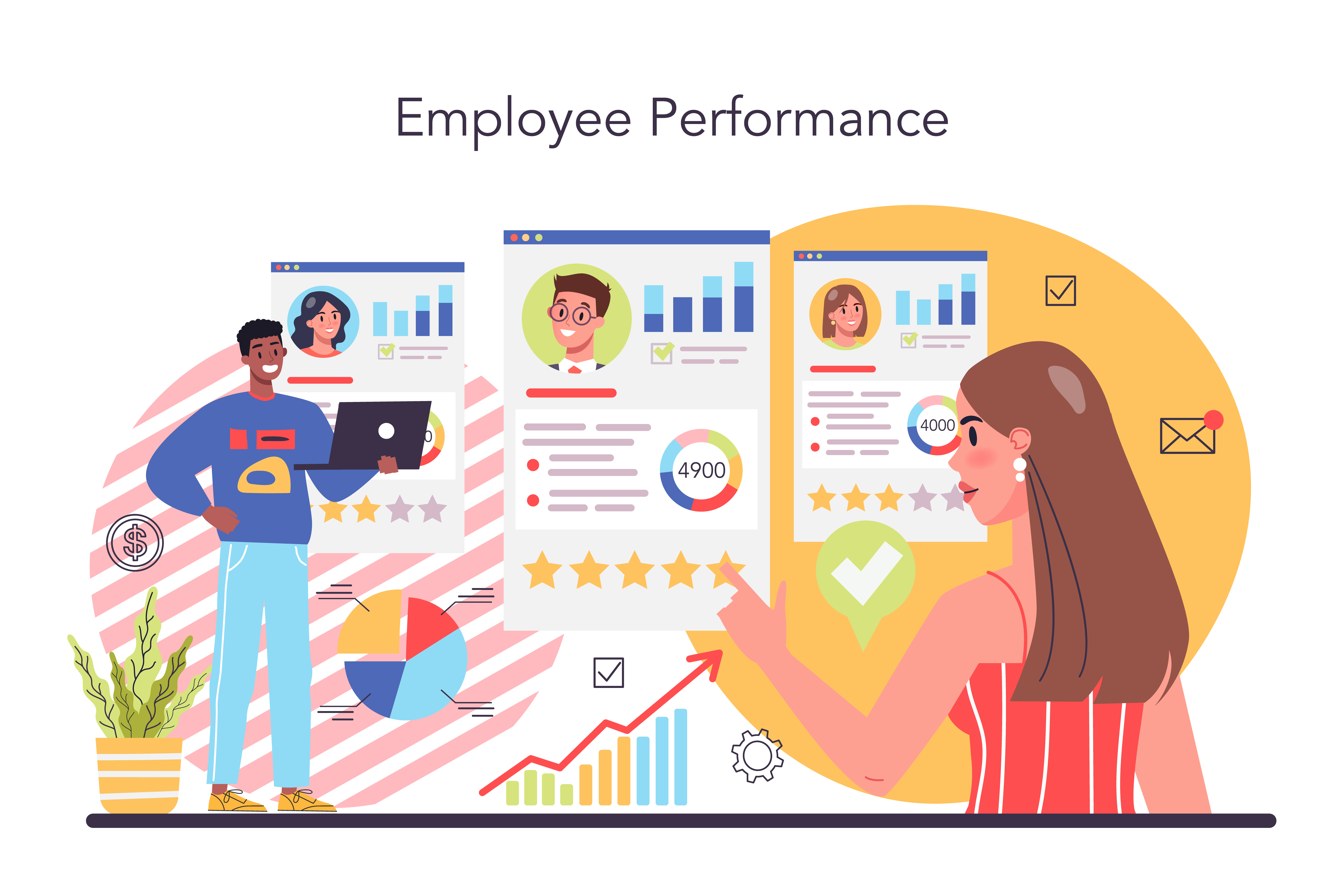
Historical Performance Data: By examining past performance metrics, predictive analytics can forecast future performance trends and identify potential areas for improvement.
Behavioral Patterns: Analytics can reveal patterns in employee behavior and engagement, helping organizations understand how different factors contribute to performance.
Learning and Development: Predictive models can suggest personalized learning paths and development programs based on individual strengths and weaknesses.
Certifications and Choosing the Right Assessment Tools
To leverage predictive analytics effectively, selecting the right assessment tools and obtaining relevant certifications are crucial. Here's a breakdown of key assessments and certifications:
1. Certifications
A comprehensive certification solution ideal and trusted by industries to certify the skill of a talent with scalability and cost-effectiveness. It features a variety of question types, coding simulators, and also supports high-stake, medium-stake, and low-stake certification solutions. Choose Wheebox for its ease of use and high level of customization, ensuring a tailored and efficient certification process.

2. Assessment Tools
- Psychometric Assessments: These evaluate personality traits, emotional intelligence, and cognitive abilities. They help organizations understand how candidates' psychological attributes align with job requirements and organizational culture.
- Cognitive Assessments: These measure an individual's problem-solving skills, logical reasoning, and memory capabilities. Cognitive assessments are essential for predicting future job performance and identifying areas where additional training might be required.
- Aptitude Tests: These assess specific skills and abilities relevant to particular job roles, such as numerical reasoning, verbal reasoning, or spatial awareness. Aptitude tests help in identifying candidates who have the potential to excel in specific job functions.
- Domain Knowledge Assessments: These tests evaluate candidates' expertise in a particular field or industry. They are crucial for ensuring that employees have the necessary technical knowledge and skills to perform their roles effectively.
Critical Areas Analytics Portrays for Organizations
Predictive analytics can shed light on several critical areas concerning candidates and employees:
1. Performance Forecasting
Predictive models can forecast how well candidates will perform in specific roles based on their skills, experiences, and behavioral traits. This helps in making informed hiring decisions and identifying high-potential employees for future leadership roles.
2. Learning and Development Needs
By analyzing performance trends and skill gaps, predictive analytics can recommend targeted learning and development programs. This ensures that employees receive the training they need to stay competitive and advance in their careers.
3. Employee Retention
Predictive analytics can identify factors that contribute to employee turnover, such as job satisfaction levels or career progression opportunities. By addressing these factors proactively, organizations can improve retention rates and maintain a stable workforce.
4. Skill Gap Analysis
Analytics can help in identifying skill gaps within the organization, allowing for the design of tailored training programs to address these gaps. This proactive approach ensures that employees are well-equipped to meet current and future job demands.
5. Cultural Fit and Engagement
By assessing psychometric and cognitive data, organizations can better understand how well candidates fit into the company culture and their potential for long-term engagement. This helps in creating a more cohesive and motivated workforce.
Conclusion
Predictive analytics in AI assessments offers a powerful way to anticipate and address employee performance and learning needs. By investing in the right certifications, selecting appropriate assessment tools, and focusing on critical analytics areas, organizations can build a job-ready and future-ready workforce. As the job market continues to evolve, leveraging these insights will be key to staying ahead of the competition and fostering a dynamic, skilled, and engaged team.
At Wheebox ETS, we are committed to helping organizations harness the full potential of predictive analytics to drive workforce success. Explore our range of AI-driven assessments and certifications to equip your team with the tools and insights needed for a thriving future.

